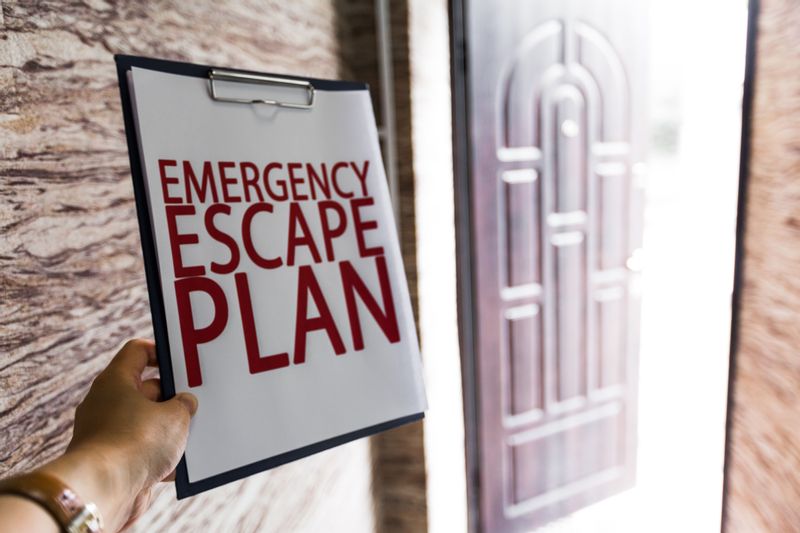Escape Plans: Preparing for the Unexpected

Your home should be a place of safety and comfort, but emergencies can strike when you least expect them. Whether it's a fire, natural disaster, or another unforeseen event, having a well-thought-out escape plan can make all the difference in ensuring the safety of you and your loved ones. Use the steps below to create an escape plan for you and your loved ones.
Assess Your Home
The first step in creating an escape plan is to thoroughly assess your home. Take note of all possible exit points from each room. These can include doors, windows, and even emergency exits if you live in an apartment building. Ensure that all exits are easily accessible and not blocked by furniture or clutter.
Create a Floor Plan
Draw a floor plan of your home, marking all the exit points you identified in step one. Be sure to include any important details, such as the location of fire extinguishers, smoke alarms, and emergency contact information. This floor plan will serve as a visual aid for your escape plan.
Establish Meeting Points
Designate meeting points outside your home where all family members can gather after evacuating. Choose a primary meeting point, such as a neighbor's house or a nearby park, and a secondary meeting point in case the primary one is inaccessible.
Install Smoke Alarms
Smoke alarms are essential for early detection of fires. Make sure your home is equipped with smoke alarms in key areas like bedrooms, hallways, and the kitchen. Test them regularly and replace batteries as needed to ensure they are always in working order.
Plan Escape Routes
For each room in your home, identify at least two escape routes. One should be the primary exit, such as the door, and the other a secondary exit, typically a window. Teach everyone in your household how to open windows and remove screens if necessary. If you have multi-story living quarters, consider purchasing escape ladders for upper floors.
Practice, Practice, Practice
An escape plan is only effective if everyone in your household knows and practices it. Conduct regular drills so that each family member becomes familiar with the escape routes and meeting points. Make it a fun and educational experience for children to reduce fear and anxiety in case of an emergency.
Emergency Contact List
Compile a list of emergency phone numbers, including local fire and police departments, medical facilities, and out-of-town contacts. Store this list in an easily accessible place, like your refrigerator, and program these numbers into everyone's phones.
Prepare Emergency Supplies
Gather essential emergency supplies, including first-aid kits, flashlights, batteries, non-perishable food, water, and blankets. Store these items in a designated area, such as a "go bag," so you can quickly grab them in an emergency.
Need help?
Creating an escape plan for your home is a proactive step toward ensuring the safety and well-being of your family. Remember that preparedness is key, and practicing your escape plan regularly can make all the difference in a high-stress situation. By following these steps and making safety a priority, you'll be better equipped to handle unexpected emergencies and protect your loved ones.
If you would like assistance in creating a personal escape plan for your home, please contact the Fire Marshal's Office! We are here to help.
City of Statesville
227 S. Center St., Statesville
Statesville, NC 28677
(704) 878-3583
www.statesvillenc.net










%20(5)%20(1).jpg)







